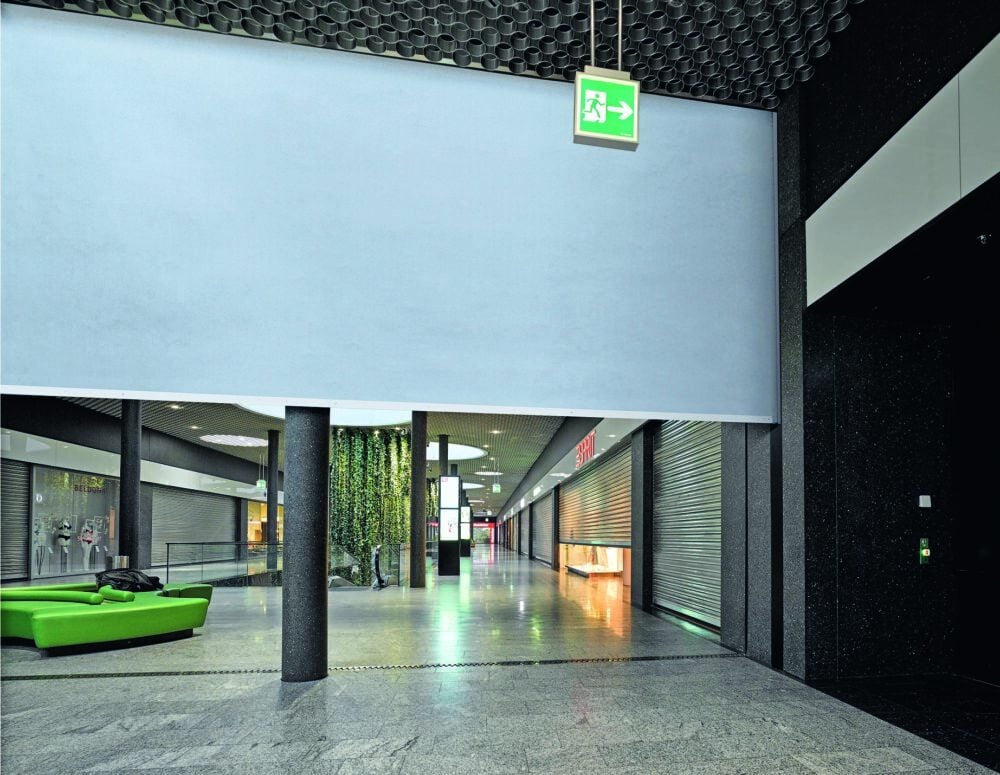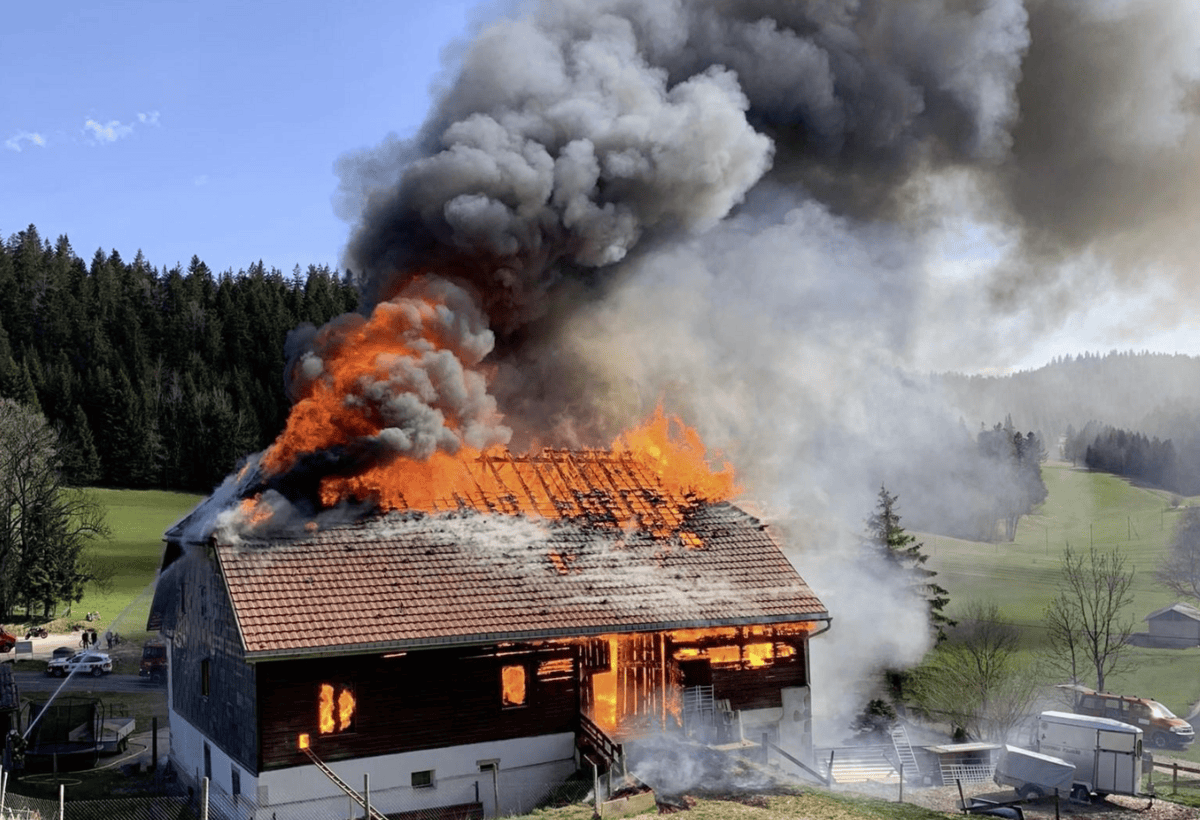Attention lightning strike
In summer, lightning strikes an average of 200,000 times in Switzerland. Around 10,000 lightning bolts strike buildings - and can cause fires.

Direct lightning strikes usually cause the greatest damage. In the worst case, they can set entire buildings on fire like an explosion. More common, according to the Fire Prevention Advisory Council (BfB) but indirect lightning strikes that can cause damage to electrical equipment or heating controls.
BfB for general installation
Only lightning protection systems can protect buildings from major damage, emphasizes the BfB. Although the installation of such a system is only mandatory for particularly endangered buildings, the BfB recommends a general installation. The cost of a lightning protection system is usually one to two percent of the building's insurance value.
If a lightning protection system is missing, all plugs should be unplugged during a thunderstorm or sensitive devices should be equipped with surge protection, the BfB said.
Where it flashes particularly often?
From the beginning of the year until the beginning of August 2017, the Siemens lightning information service (Blids) in Switzerland around 66'000 earth flashes registered. In concrete terms, the statistics look as follows: With 12.26 lightning bolts per km², the highest density is in the Ticino village of Semione. In German-speaking Switzerland, Schwende in the canton of Appenzell Innerrhoden recorded the highest value with 7.79 flashes per km². In more than 200 localities, no lightning strikes were registered at all. Looking at the absolute numbers at the cantonal level, Graubünden recorded the most strikes with 9360 ground lightning bolts, followed by Ticino (9322) and the canton of Bern (9105). In the canton of Basel-Stadt, lightning was recorded only 34 times. By way of comparison, in the Ticino town of Blenio alone there were 889 lightning strikes in seven months, and in Schwende 446.
Determination accurate to 100 meters
The lightning information service works with high accuracy. "Whereas it used to take up to 30 seconds for information about a lightning strike to be retrievable in the system, today it takes only ten," explains Stephan Thern, head of the lightning information service at Siemens. Today, he says, about half of the lightning strikes can be determined to within 100 meters. The measurement and calculation method also makes it possible to detect polarity and current strength, as well as partial flashes within an overall flash. The more precise and faster the data, the greater the protection for people, industrial plants and infrastructure. The lightning information service is used by weather services, insurance companies and industrial and electricity companies, among others, it says.
Source: BFB, Siemens









